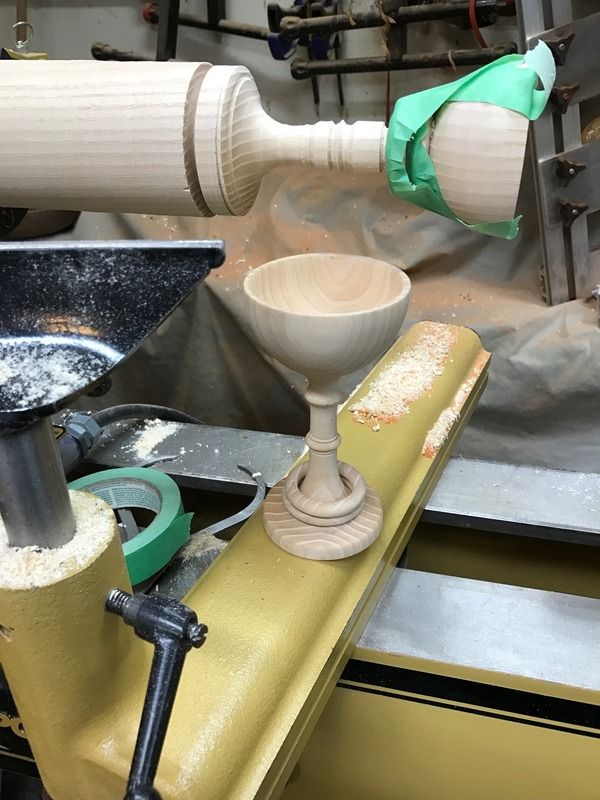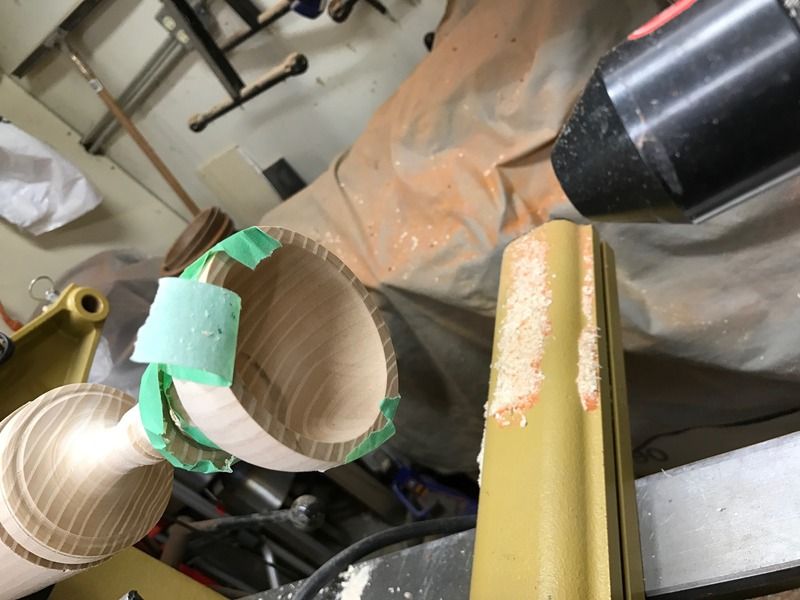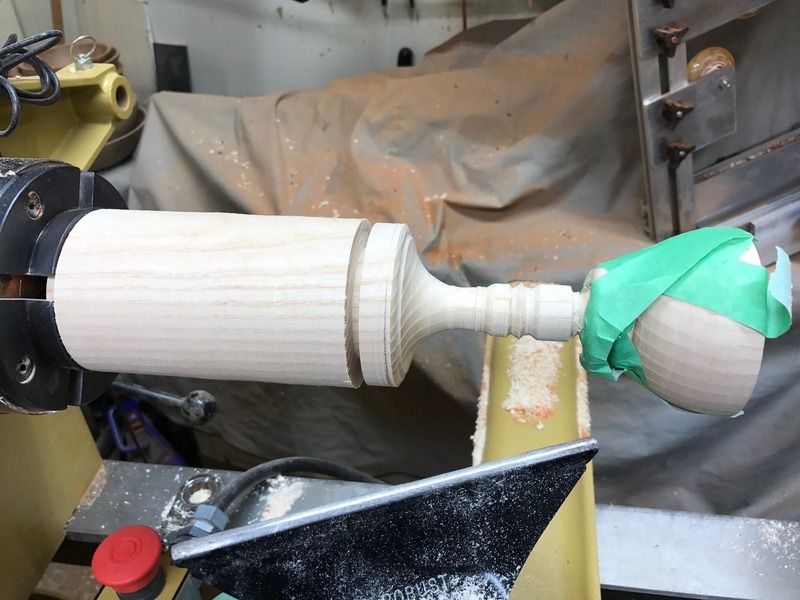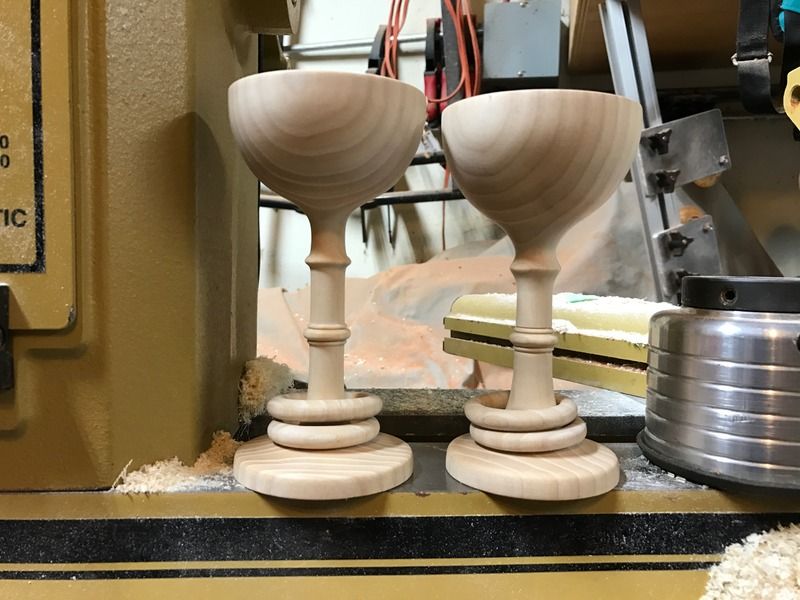(Think I already know)
Went out this morning to hollow out my goblet and cut the captured rings and I found this:
I rough cut the outside of the cup yesterday. Maybe I should have hollowed it yesterday too? The wood is padauk that I got from Woodcraft. I'm guessing it wasn't totally dry and the crack developed over night?
What do you think caused this?
Thanks,
Mike





 Reply With Quote
Reply With Quote











